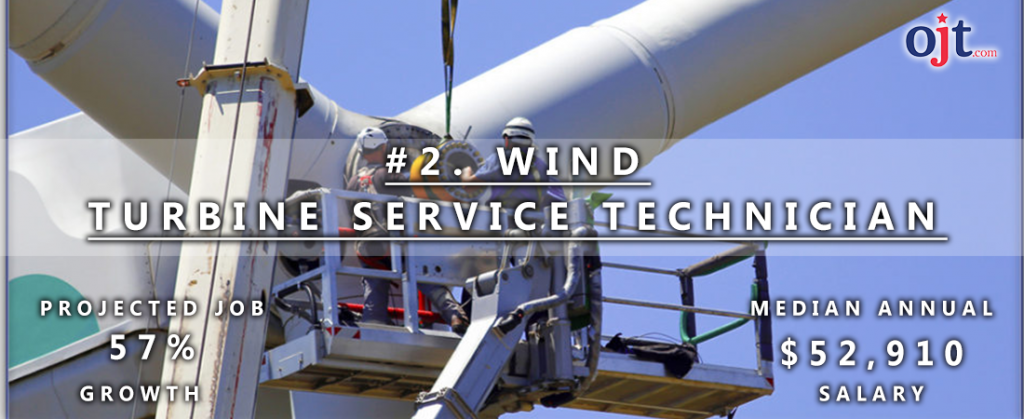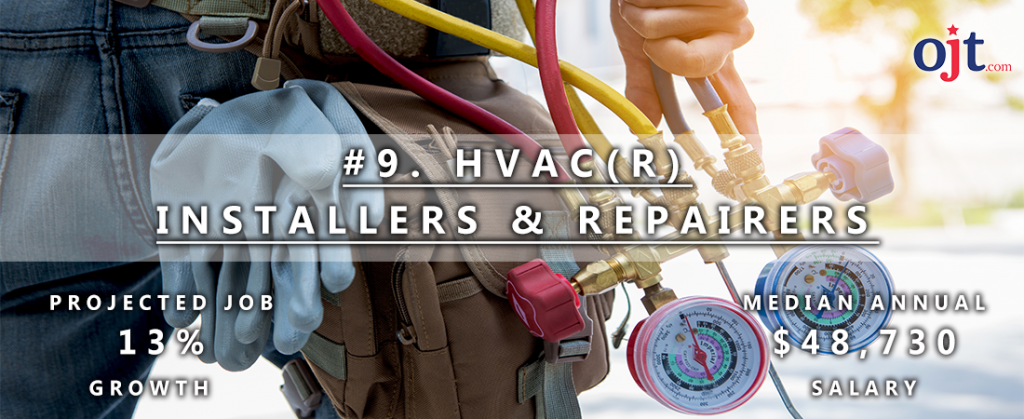Many Americans are being suffocated by their student loan debt which can be upwards of 2 – 3 times more than what they make in a year.
This combined with the fact that there are thousands of in-demand jobs left unfilled ever year and millions unemployed. It’s hard to quantify and embrace the full value of traditional education.
If you simply seek to determine its value based solely on the average dollars earned based on the number of degrees one has. Then yes, traditional education is very valuable in this model. Which makes sense because the more degrees you have, the more you earn.
However, this fails to consider the costs associated with, and debt incurred from, paying for said secondary and post-secondary education.
It also fails to consider the dilemma of accessibility, which a large number of American’s face when it comes to accessing secondary and post-secondary education programs.
For a more holistic answer to the question of what the value of traditional education is, the aforementioned additional factors must also be included.
Nonetheless, facts are facts, and the more degrees you have the more you earn. And, according to the U.S. Census Bureau, 90% of Americans, age 25 or older, have at least a high school diploma or GED.
This is the highest high school completion rate in U.S. history.
That means out of the 217 million people age 25 and older, 194 million have a high school diploma or higher.
While approximately 104 million Americans have earned a secondary degree (associate’s or bachelor’s) and 28 million have earned a post-secondary degree (masters or doctorate).
Which means that there are roughly 62 million Americans with only a high school diploma or equivalent.
Among this group, the average earnings are $746 weekly ($38,792 annually), and they experience a 3.7% unemployment rate (approximately 2.3 million).
Compared to those with an Associate’s degree who on average make $887 weekly / $46,124 annually and those with a Bachelor’s degrees who make $1,248 weekly / $64,896 annually.
There is a 60% pay gap between workers with high school diplomas or equivalent and Bachelor’s degree holders.
However, this margin is often offset or substantially decreased by the amount of student loan debt they’ve incurred in the pursuit a post-secondary degree.
It is true that without a secondary or post-secondary degree your employment options are more limited.
However, that certainly doesn’t mean that you can’t achieve a comfortable lifestyle with a high school diploma or equivalent, as your highest level of education completed.
In fact, there are several in-demand jobs that have projected growth rates well above the national average for the next 8 years, a large number of open positions to fill, and pay more than $38,792 annually.
As we said earlier, there are roughly 62 million Americans with only a high school diploma or equivalent. Plus, another 3.7 million high school students graduating this year.
That’s 65 million opportunities to bridge America’s current skilled labor gap.
We at OJT.com are committed to bridging the gap between career seekers and employers from coast-to-coast.
So, we’ve curated a comprehensive list of the Top 10 Most In-Demand Jobs That Only Require A High School Diploma.
Each occupation is accompanied by some quick facts, including employment projections through 2028, to help job seekers jump start their search. Enjoy!
Top 10 Most In-Demand Jobs For High School Graduates

Solar Photovoltaic (PV) Installers assemble, install, and maintain solar panel systems on rooftops or other structures in compliance with site assessment and schematics. Responsibilities also include measuring, cutting, assembling, and bolting structural framing and solar modules. As well as performing minor electrical work.

Wind Turbine Service Technician inspect, diagnose, adjust, or repair wind turbines. Performing maintenance on wind turbine equipment including resolving electrical, mechanical, and hydraulic malfunctions.

Home Health Aides help people with disabilities, chronic illnesses, or cognitive impairment by assisting in their daily living activities. Monitoring and reporting changes in health status. As well as providing personal care such as bathing, dressing, and grooming of patients.

Personal Care Aides assist the elderly, convalescents, or persons with disabilities with daily living activities at the person’s home or in a care facility. May provide assistance at non-residential care facilities. May advise families, the elderly, convalescents, and persons with disabilities regarding such things as nutrition, cleanliness, and household activities.

Phlebotomists draw blood for tests, transfusions, donations, or research. As well as explain the procedure to patients and assist in the recovery of patients with adverse reactions.

Medical Assistants complete administrative and clinical tasks in hospitals, offices of physicians, and other healthcare facilities. Administrative duties may include scheduling appointments, maintaining medical records, billing, and coding information for insurance purposes.
Clinical duties may include taking and recording vital signs and medical histories. As well as preparing patients for examination, drawing blood, and administering medications as directed by the physician.

Massage Therapists perform therapeutic massages of soft tissues and joints. They may also assist in the assessment of the range of motion and muscle strength. Or even propose client therapy plans.

Elevator Installers & Repairers assemble, install, repair, or maintain electric or hydraulic freight or passenger elevators, escalators, or dumbwaiters, or other lift systems. Often working in cramped quarters inside crawl spaces and machine rooms and may be exposed to heights in elevator shafts.

HVAC(R) Installers & Repairers repair and install heating, ventilation, cooling, and refrigeration systems. They work mostly in homes, schools, hospitals, office buildings, or factories often performing work inside cramped spaces.

Computer Support Specialists provide technical assistance to computer users. Answer questions or resolve computer problems for clients in person, or via telephone or electronically. May provide assistance concerning the use of computer hardware and software. Including printing, installation, word processing, electronic mail, and operating systems.
Thank you for reviewing our list of the top 10 most in-demand jobs for high school graduates. Be sure to visit ojt.com to find an on-the-job-training, apprenticeship, or vocational education program near you!


